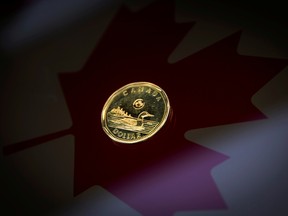The Canadian dollar’s current weakness, driven by falling oil prices, presents a complex interplay of economic factors that could either exacerbate or mitigate its impact on inflation and the broader economy. Here’s a structured summary of the analysis:
-
Economic Impact of Falling Oil Prices:
- Canada, a major exporter reliant on the oil industry, faces potential slowing growth due to reduced revenue from falling oil prices. This could lead to slower economic activity and possibly lower demand for goods and services.
-
Hedge Effects and Importers’ Adjustments:
- Canadian businesses have already adjusted their costs through hedge mechanisms or import adjustments, reducing sensitivity to further currency fluctuations. This may temper the impact of the loonie’s depreciation on domestic inflation.
-
Exchange Rate Dynamics:
- Depreciation of the loonie often coincides with lower aggregate demand and difficulty in passing cost increases through higher prices. This creates a cyclical situation where economic factors (including exchange rate changes) reinforce each other.
-
Central Bank Perspective:
- The Bank of Canada is cautious about significant loonie-driven inflation, noting that while some pressures exist, they are not yet substantial enough to warrant immediate policy adjustments. Their stance suggests a wait-and-see approach until clearer evidence emerges.
-
Potential Long-Term Effects:
- If economic growth stabilizes without significant currency-related pressures, the impact of the loonie’s depreciation may remain minimal. However, sustained devaluation or persistent weakness could lead to more noticeable inflationary effects as other economic indicators stabilize.
In conclusion, while the current lag in the Canadian dollar is likely due to falling oil prices and hedge mechanisms, its long-term impact on inflation is uncertain. The Bank of Canada is likely monitoring these factors closely and maintaining a cautious approach until evidence of significant currency-driven pressures becomes clearer.



